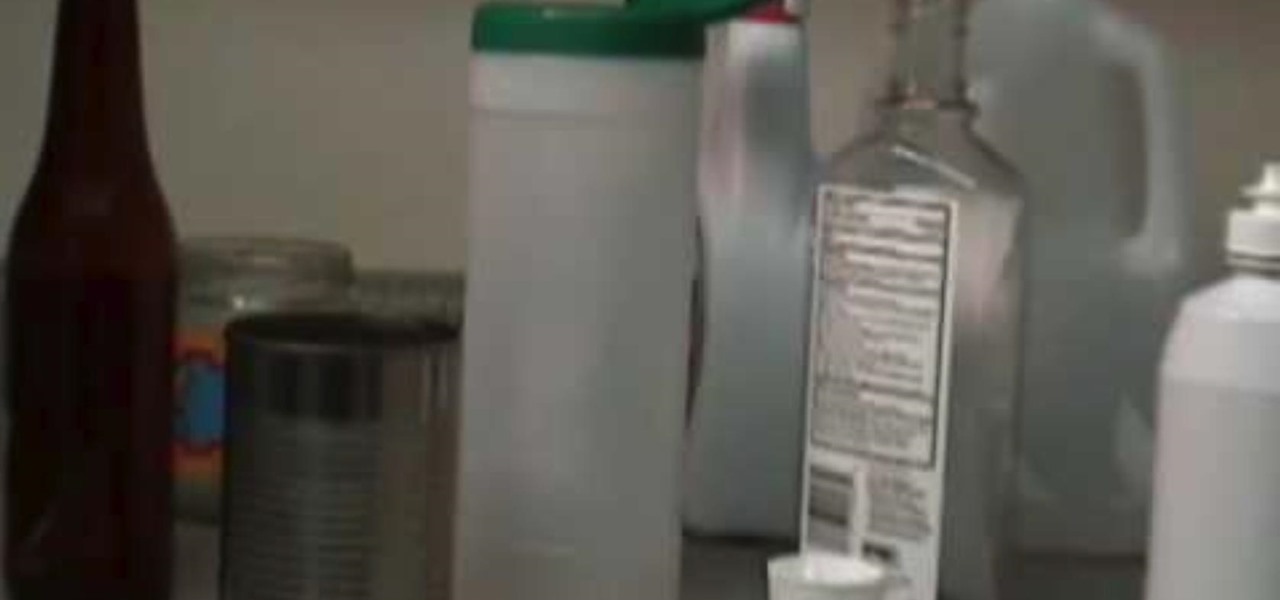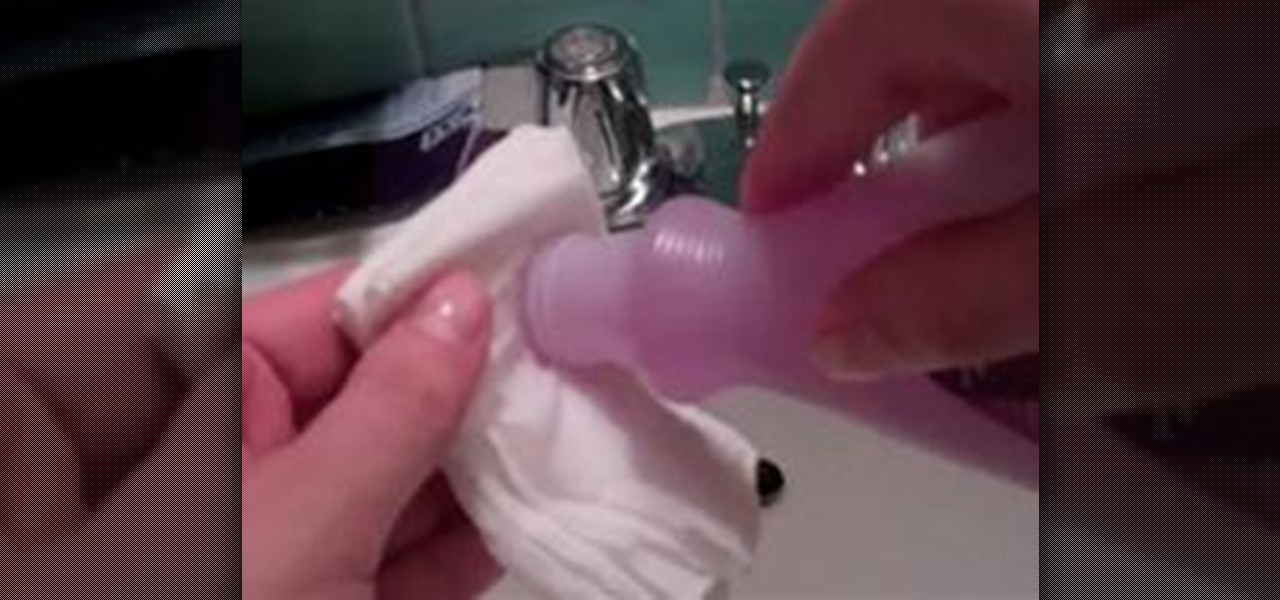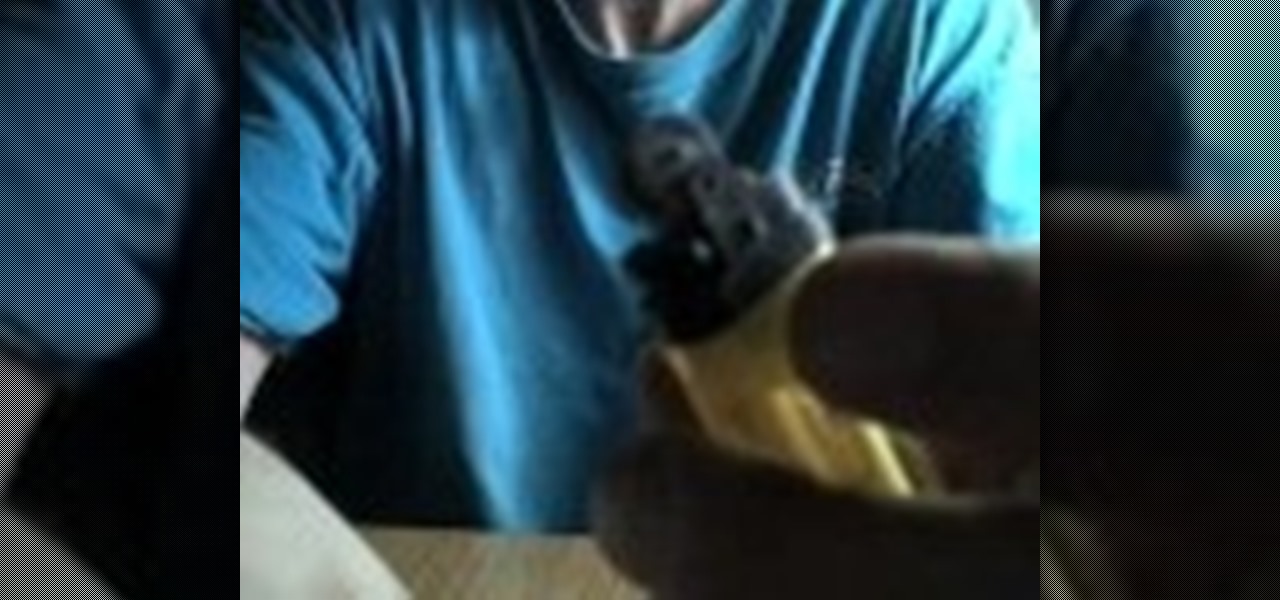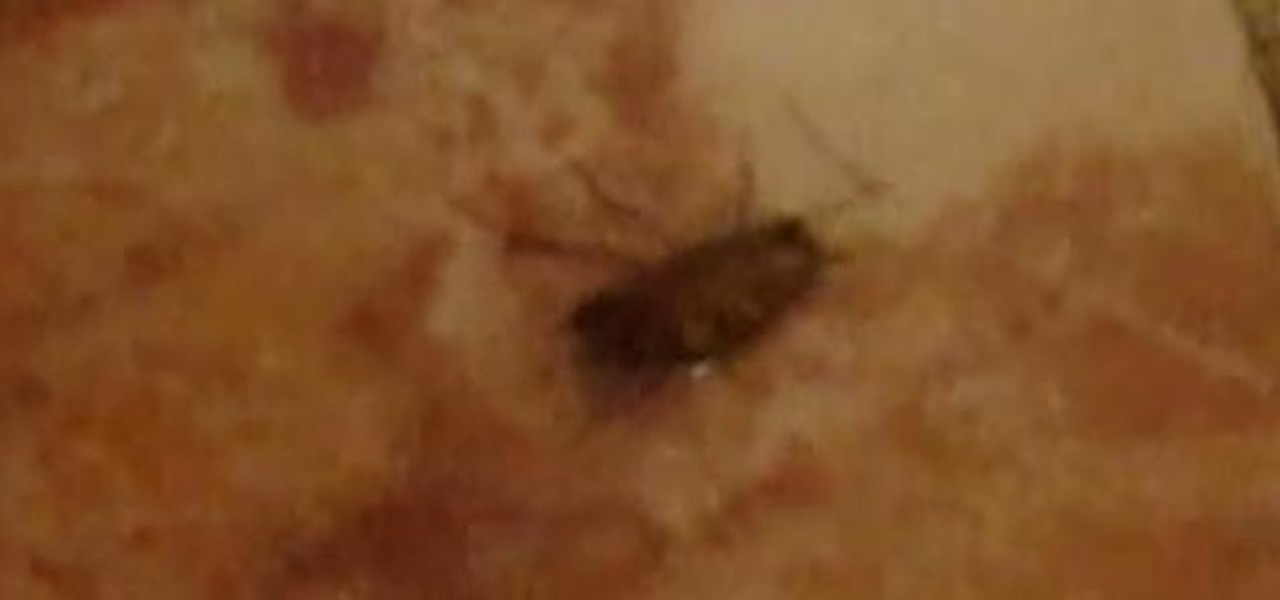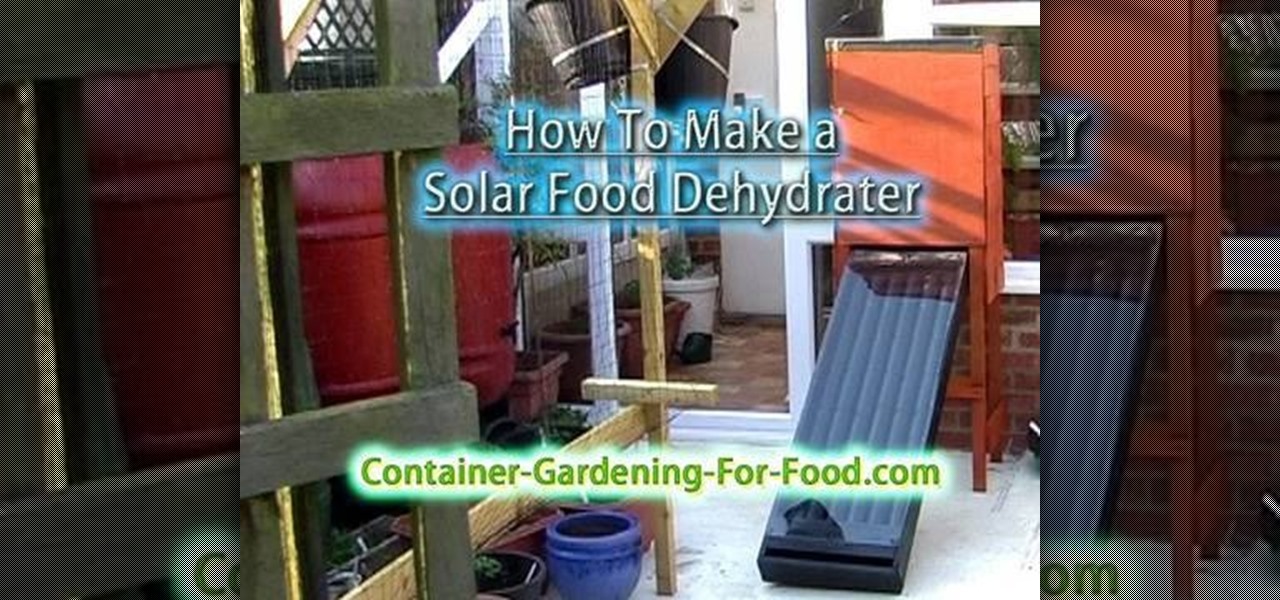Hot Eco-Friendly Posts


How To: Control your ant problem in safe way
Are you suffering from an ant problem? Do you spray them with the nearest product or drown them in water? You'll think you've gotten rid of the problem, but there back again and again. In this video, you'll learn how to get rid of them once and for all the safe way.

How To: Control a cockroach problem naturally
Do you have a pesky cockroach problem? You've tried and bought everything you can think of to get rid of this annoying winged bugs. In this video, you'll learn everything you need to know and do to get rid of them once and for all the natural way. Now, you'll be able to sleep and eat in peace.

How To: Make a bicycle wheel windmill
In this video, you'll learn how to make your very own bicycle wheel windmill. This completely recyclable creation which can easily be made from that old bike that's just been rusty away. Put it to good use and make this great eco-friendly windmill. Step by step you'll learn exactly what to do to make this windmill spin.

How To: Make a wallet from a recylced milk carton
A simple and creative way to make your own wallet. A few folds and snips of the scissors and you've created your own pocket wallet. You can even use different color of the carton to achieve a different and unique kind. It is extremely simple, the only things you need are your hands, scissors, tape and stapler. Open the carton, flatten it out, cut, tape the cut sides, staple and apply adhesive strips. You can apply whatever color of tape you want, this can make the wallet even more personalize...
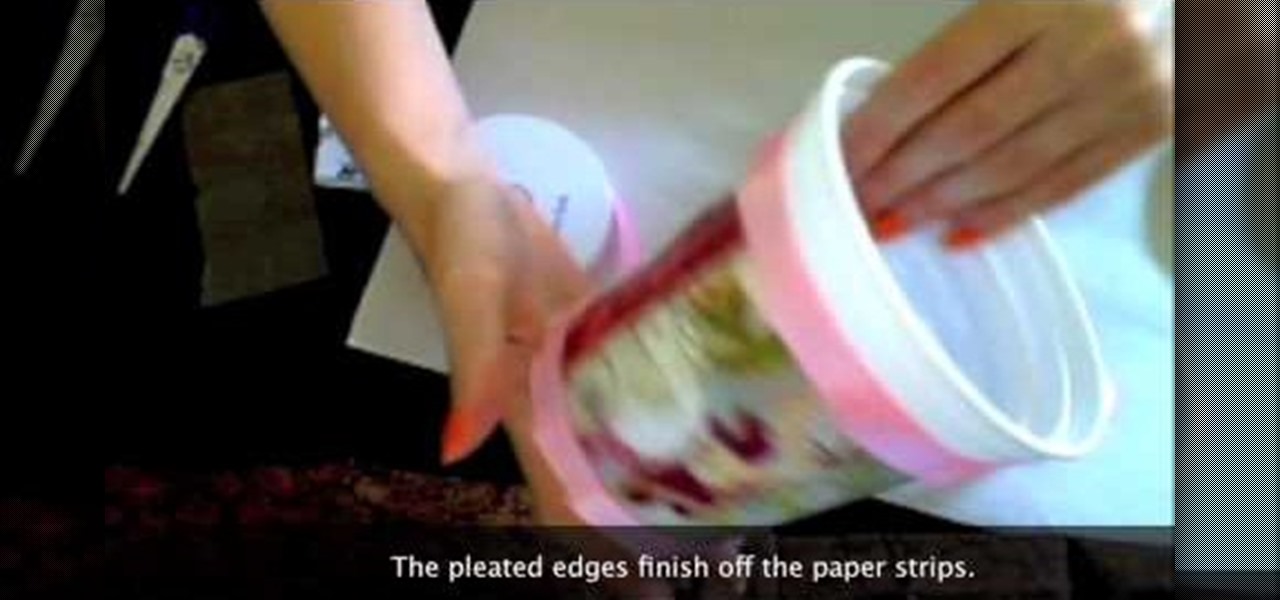
How To: Upcycle a yogurt container into a mini-album
Creativity Prompt demonstrates how to turn a yogurt container into a mini-album. First, measure the lid's diameter. Then, cut a corresponding circle from your patterned paper. Use Mod Podge to adhere the paper circle to the lid and seal it with another layer of adhesive. Next, cut a bunch of different 4 x 1 inch strips of patterned paper. Adhere the paper strips to the yogurt container with Mod Podge. Seal it with another layer of adhesive and set it aside to dry. Measure the bottom of the co...
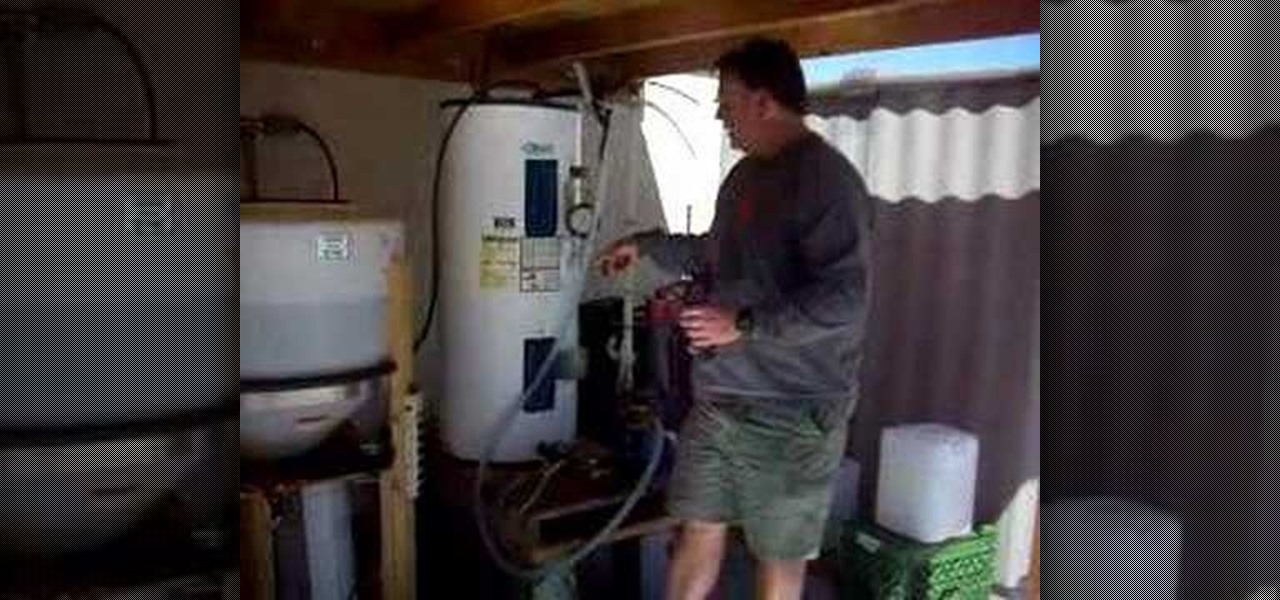
How To: Filter vegetable oil to make biodiesel
In this video, Tom Carpenter explains how to filter vegetable oil into bio-diesel at home. After collecting a large amount of waste vegetable oil, place 30 gallons of it into a modified (by removing the top heating element) water heater. Use a pump and hose to circulate the liquid through the water heater. Heat the oil to 120-130 degrees Fahrenheit. In a separate container, mix methanol and sodium/potassium hydroxide (methoxide). After disconnecting the heating element from the water heater, ...
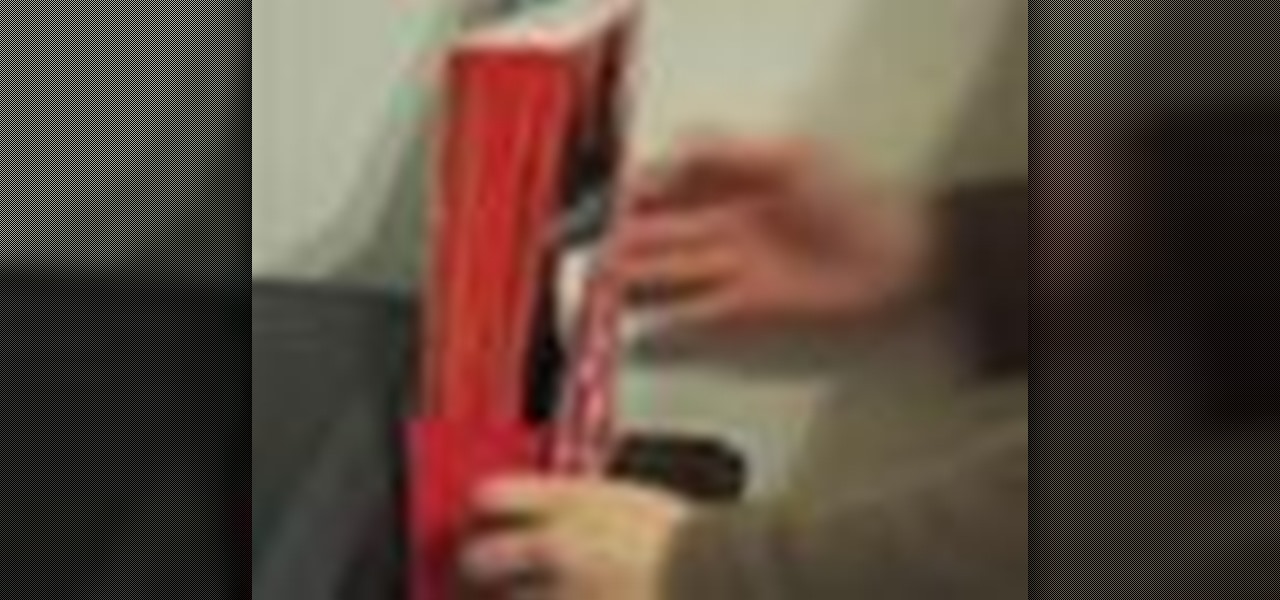
How To: Make a funky magazine holder from a cereal box
Not enough storage space? No problem! In this tutorial, learn how to recycle an old cereal box into a very cool magazine holder. This video will take you step by step and soon you will be on your way to being both more organized and more eco-friendly!
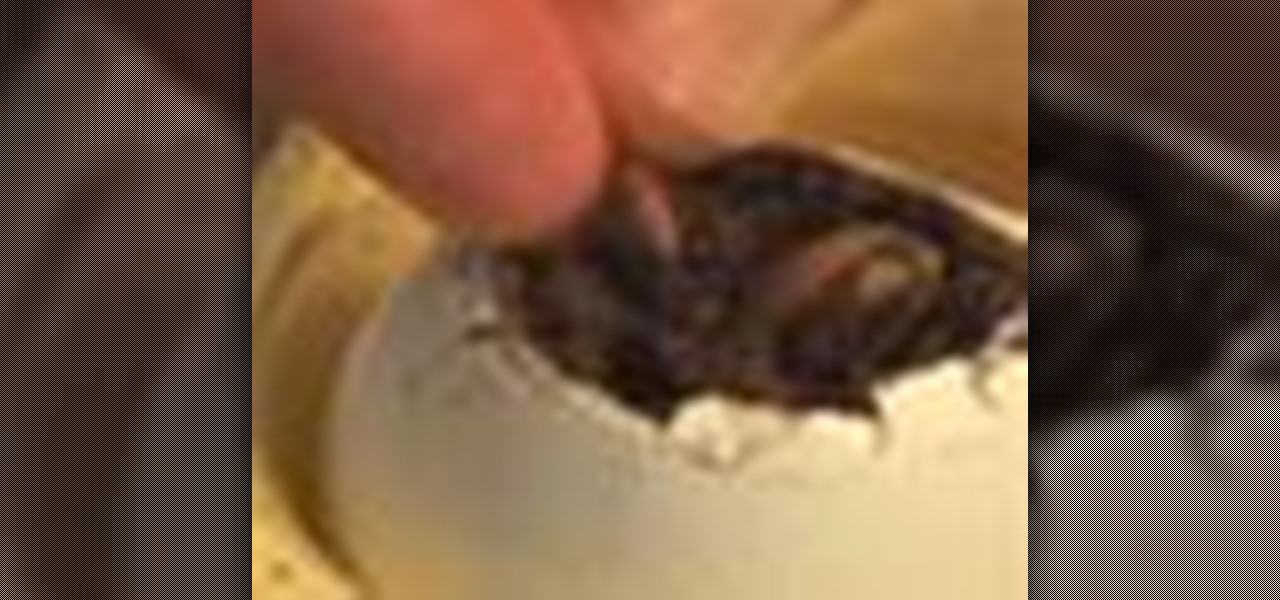
How To: Start growing seeds in eggshells
When you start planting something, you will need to nurture and grow a seed. You can plant a seed in a small pot and transfer it later, or you can save yourself the mess and trouble and try the tips in this video. In this tutorial, learn how to plant seeds in an eggshell! Eggshells make great little planters and the best part is - they're biodegradable so instead of repotting your seedling you can just plant the whole egg in the ground!

How To: Reuse outdated or old business cards in fun ways
If you've changed jobs or transferred your old Rolodex onto the computer, you will have a ton of left over business cards. Why not go green and reuse the cards as something unique? Check out this video for tips on what to do with all those tiny squares of paper.

How To: Turn an old plate into an eco-friendly flower vase
So, you broke a plate and are afraid you'll get in trouble? No worries! This tutorial is coming to the rescue! Turn that old plate into a very cool distressed flower vase. Everyone will be so distracted by your crafty creation, they won't even mind that you used Grandma's China to make it.

How To: Turn your old toilet into a low flow model
Water is an important resource and it needs preservation. Older toilets suck up way more water than necessary, causing both high water bills and pain for the environment. Follow this tutorial, and learn how turn your old toilet into a newer low-flow model.
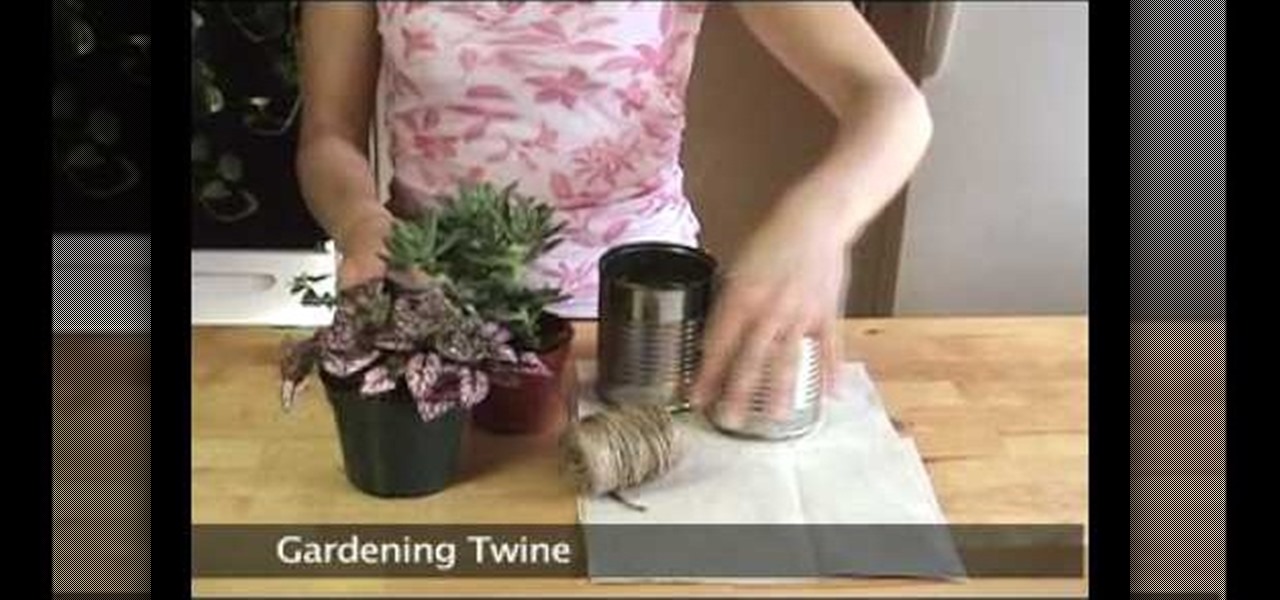
How To: Recycle an aluminum can into an indoor mini planter
This video shows how to make a eco friendly plant holder. The first thing you do is trace a fabric around the tin can this is to give it a better look. Then stamp the letters on the fabric of what you want to name your plant. After that poke about ten holes at the bottom of the can. Then glue the back of the fabric to place it on the can. Now wrap the fabric around the can on the sticky side. Lastly tie twine around the can for extra protection to hold up the fabric. Then put in the plants an...
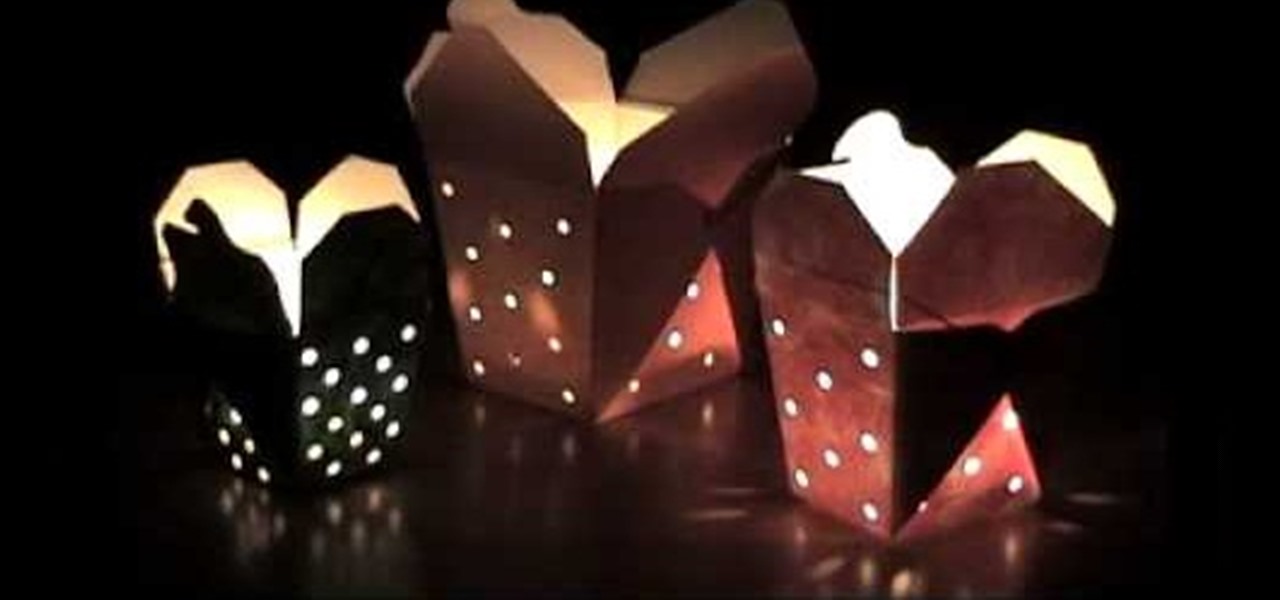
How To: Recycle Chinese takeout containers into mini lanterns
For this project you will need a Chinese takeout container, a hole punch, paint brush, paint, a container for the paint and newspaper. Flatten the Chinese takeout container. Use your hole punch to make holes in it, choosing any pattern you would like. Place the container on the newspaper and paint the outer surface, using any color you prefer. Once you have allowed the pain to dry you can reassemble the Chinese takeout container, back to it's original look. Then you simply place a tea light i...
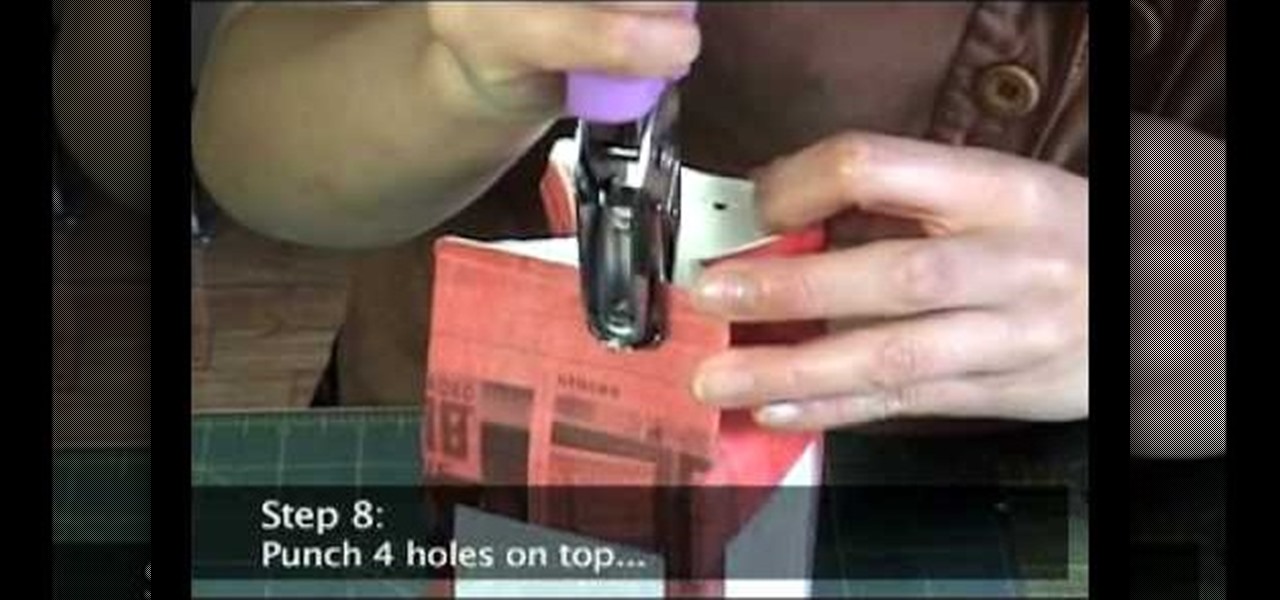
How To: Recycle a milk carton into a tabletop lantern
In this video tutorial, viewers will learn how to make a milk carton lantern. This lantern uses recycled items. The materials required for this lamp are: a milk carton, unryu paper, colored newspaper, raffia, ruler, glue gun, hole puncher, X-acto knife, glue stick and scissors. Flatten the milk carton. Draw a rectangle with each panel and measure about 1/2" form each of the sides. Measure about 3/4" from bottom and top. Cut out the rectangles with the X-acto knife. Glue the newspaper to the c...
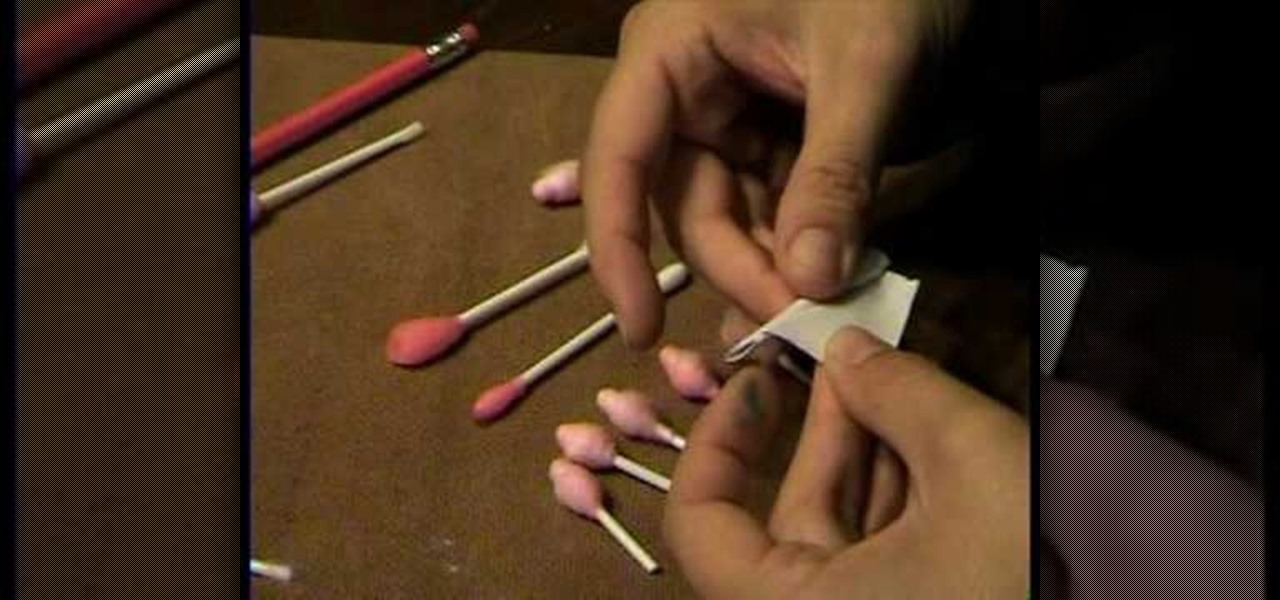
How To: Make mini cotton candy for a doll & dollhouse
Use a q-tip (ones for little kids will have a larger base, but are not required). Put a few drops of red food coloring in a glass of water and stir it up as necessary. Dip q-tip in red water, get it nice and saturated. Remove q-tip and let sit overnight. Cut q-tip in half, then take a small rectangle of paper, apply glue from glue stick to one side, then make a small fold from a corner and roll (this may take some work). Use scissors to cut down to the correct size. Next rub q-tip's cotton si...

How To: Make a tumbler bin composter and compost in 14-21 days
In this video tutorial, viewers learn how to make a tumbler bin composter and compost in 14 - 21 days. The materials needed for the composter are: 1 plastic drum, 6 nails or strong pins, (3) 1 square inch tubes, 3 hinges and lock, 3 yards of wire, and 1 square foot of zinc. Begin by drilling 3/8" holes all over the composter. Use a lawn mower to grind down the compost and then dump it into the composter. Activate the compost by adding some water. This video will benefit those viewers who want...
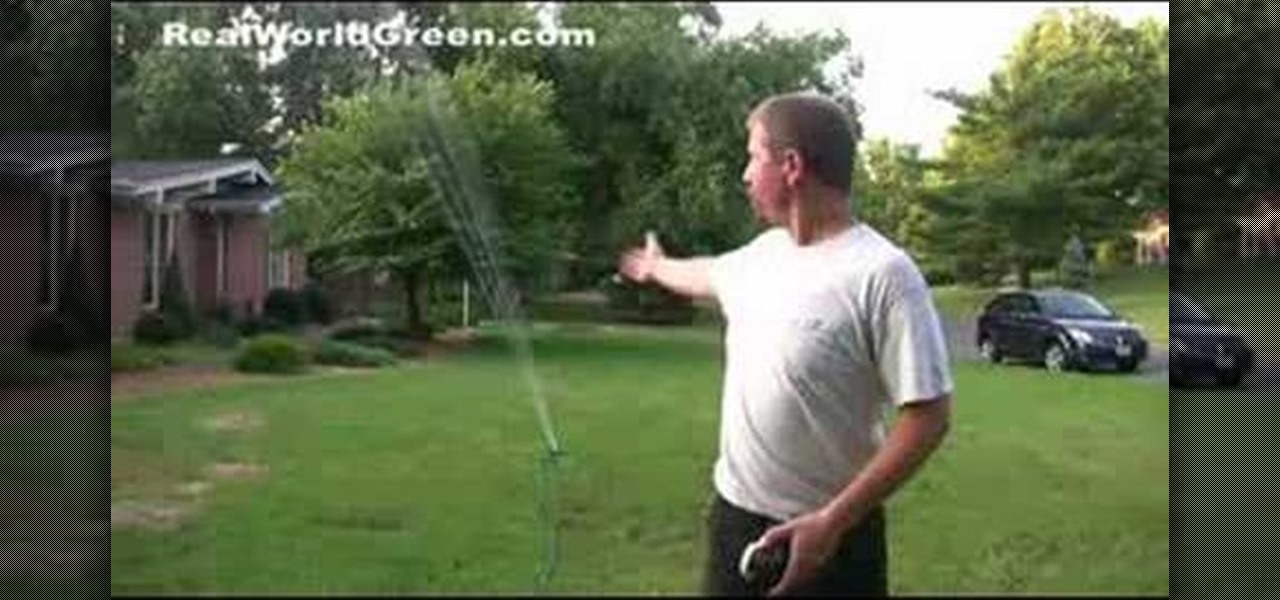
How To: Water your lawn the green way
This video is a tutorial on how to water your lawn in an environmentally friendly way. He begins by stating that watering your lawn in the middle of the day is the wrong time. The sun is at its highest and the lawn is already scorched. The water you are spraying around does not get absorbed into the soil, it evaporates. The best time to water your lawn is at night because you create a fungus over the soil that protects it from be sun. You can put a water timer on your hose to prevent over-wat...

How To: Make your kitchen environmentally friendly
This video shows how you can make your kitchen environmentally friendly. You can save a lot of energy when heating up food by using the microwave
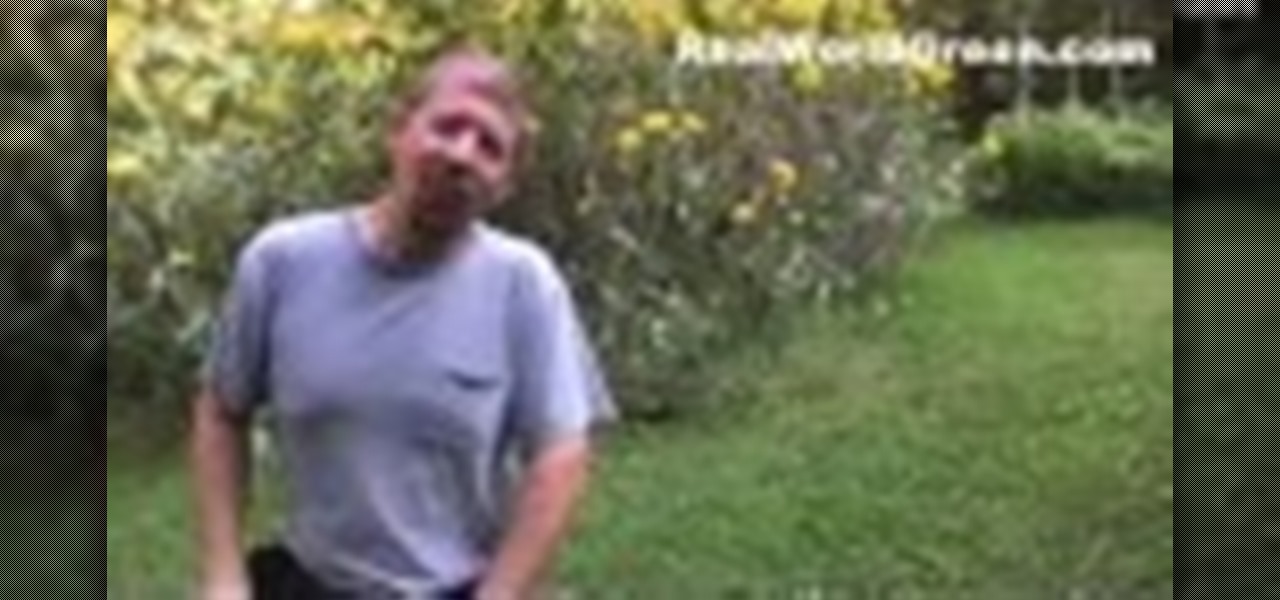
How To: Make laundry day more environmentally friendly
In this video, Eric Rochow from Real World Green gives us a simple green tip to make doing your laundry more environmentally friendly. The tip is: Don't wash your clothes! Well, actually, don't wash them until they are actually dirty. If you're wearing clothes and they're still clean, you don't need to automatically throw them in the laundry bin. It's something to think about. Also, if you wash your clothes too often, it wears out your clothes. So, next time you're wearing some clothes just t...
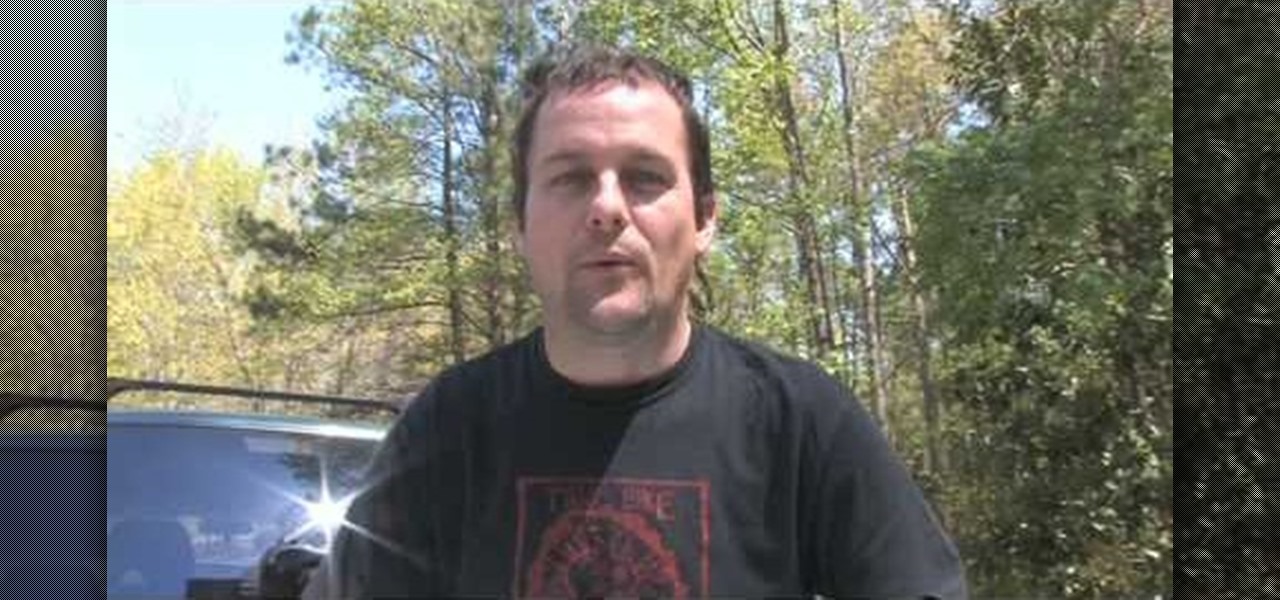
How To: Build a worm composting bin
Leigh Ramsdell and Hal Brindley with The Environmentals discuss how to build a worm composting bin. To build a worm composting bin, you will need a plastic tub or a box with a lid. Calculate one square foot of surface area per pound of worms. A pound of worms can process a half a pound of food per day. Worms need air so put holes in your bin on the top and sides. Also put holes on the bottom for drainage so your worms don't drown and die. Add screens to cover the holes. Put bricks on the bott...

How To: Make your computer more environmentally friendly
Eric Rochow of Real World Green gives us advice on making our computers more environmentally friendly. This video first explains that screensavers are not green. Screensavers require a computer to use its processor. Ideally, when you're not using your computer it should be in sleep mode and your monitor should be in sleep mode as well. This saves a lot of energy. Also, at the end of the day, turn off your computer and monitor. Don't let them run all night. An interesting fact from the Departm...

How To: Make your lawn more environmentally friendly
Eric with Real World Green explains how to make your lawn more environmentally friendly. First, let your grass go dormant in the summer and don't water it as much. When you mow your lawn, consider using a push reel mower. A mower with a gas engine pollutes more than modern cars do. If you are going to use a gas engine mower, keep the blades sharp for a more efficient job. Use a mulching mower, because yard waste takes up a lot of space in landfills. Consider tearing up some of your lawn and p...
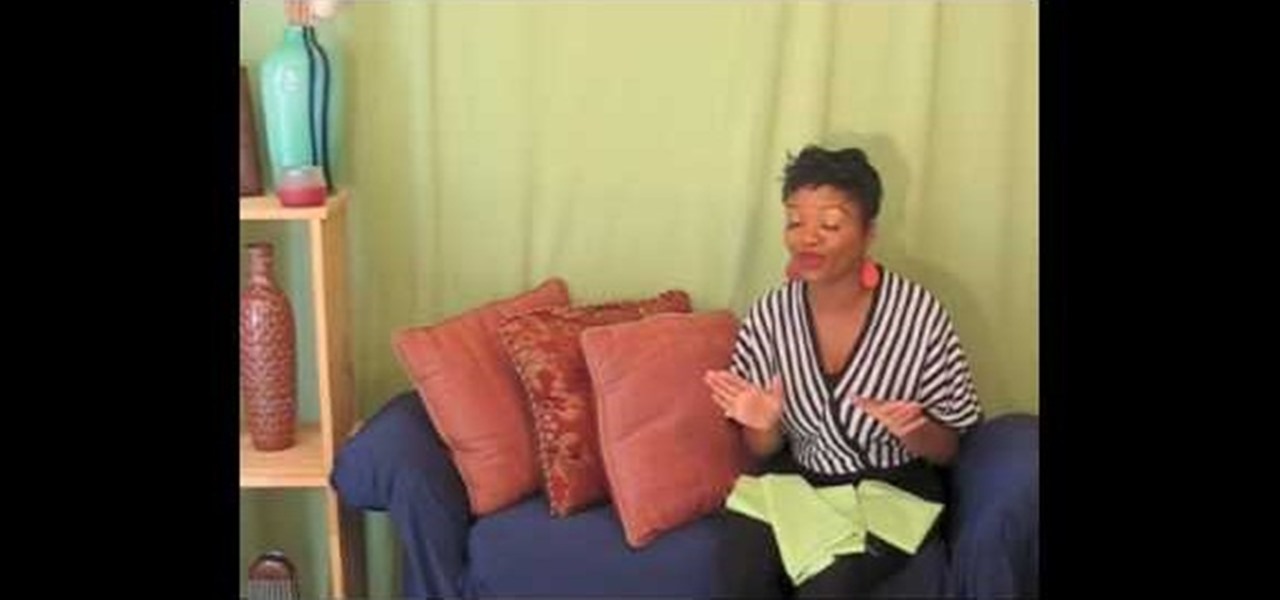
How To: Recyle old furniture
D. Gulley with The Discount Trendsetter Show demonstrates how to recycle old furniture. To recycle coffee tables, stack them on top of each other to create a bookcase or a display shelf. Go to your local fabric store and purchase nice but inexpensive fabric to give your sofa a new look. If you don't want to cover your sofa to give it a new look, concentrate on the pillows to pull the new look together. To update pillows that you already have, buy some inexpensive fabric and tuck it, pin it or...
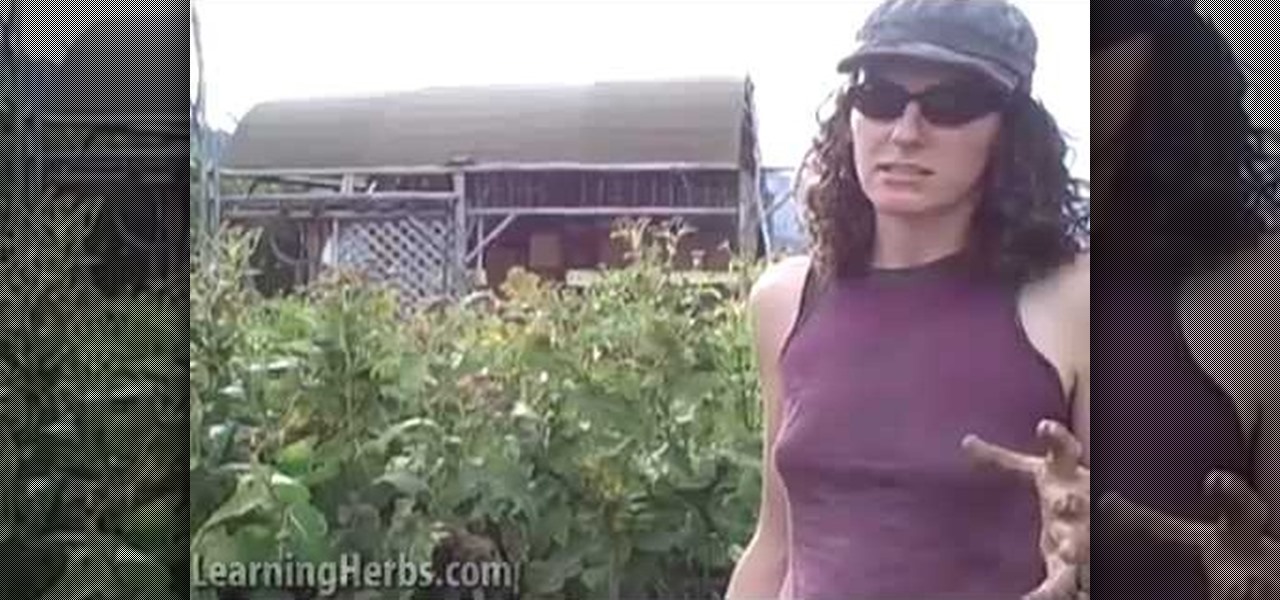
How To: Make compost for your herb garden at home
Compost is a very important part of your garden. In order to create the compost you need five very important ingredients: air, water, heat, nitrogen and carbon. You can introduce air circulation by crossing branches. Water your pile so it does not dry out, but you do not want to water it too much so that it gets mushy. your compost pile has to be warm in order for it to compost. You can get nitrogen by using green things from your garden like weeds and grass, and you can get carbon by using h...

How To: Stack newspapers for recycling with a wagon and string
The best way to get into recycling is make it simple. Recycling newspapers is a great way to start your efforts to go green. It is one of the most common paper products in your home that can be recycled. The hard part is keeping the papers from becoming a big mess while you store them. Bundling the papers and tying them up can be very hard. An easy solution for that problem is to put two pieces of string that are long enough to wrap around the bundle of papers in a wagon. Lay them in the wago...
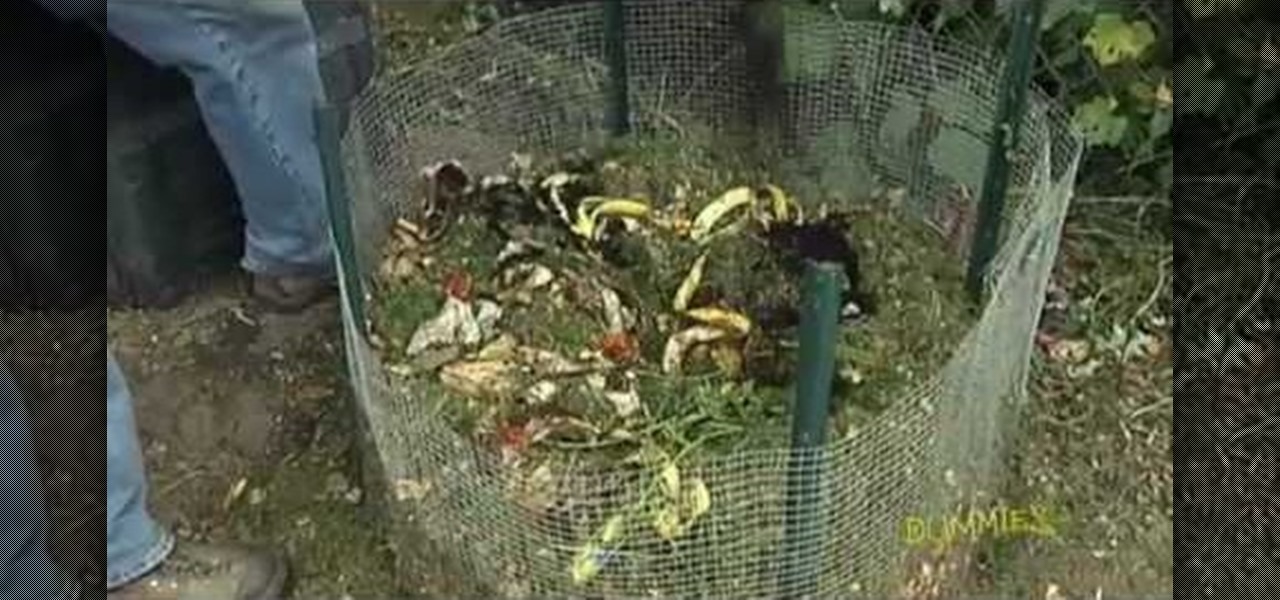
How To: Build a compost pile for dummies
The video starts out with the narrator explaining the benefits and uses of a compost pile. He then begins to demonstrate the steps to start a compost pile. He lists the ingredients and demonstrates how to mix it up with a pitchfork and shovel. He advises to put brown organic matter such as wood chips, leaves, sawdust, etc. as the first layer in the pile. Then add a layer of green organic matter such as grass clippings. A layer of kitchen scraps or manure can be added. He then shows how and wh...
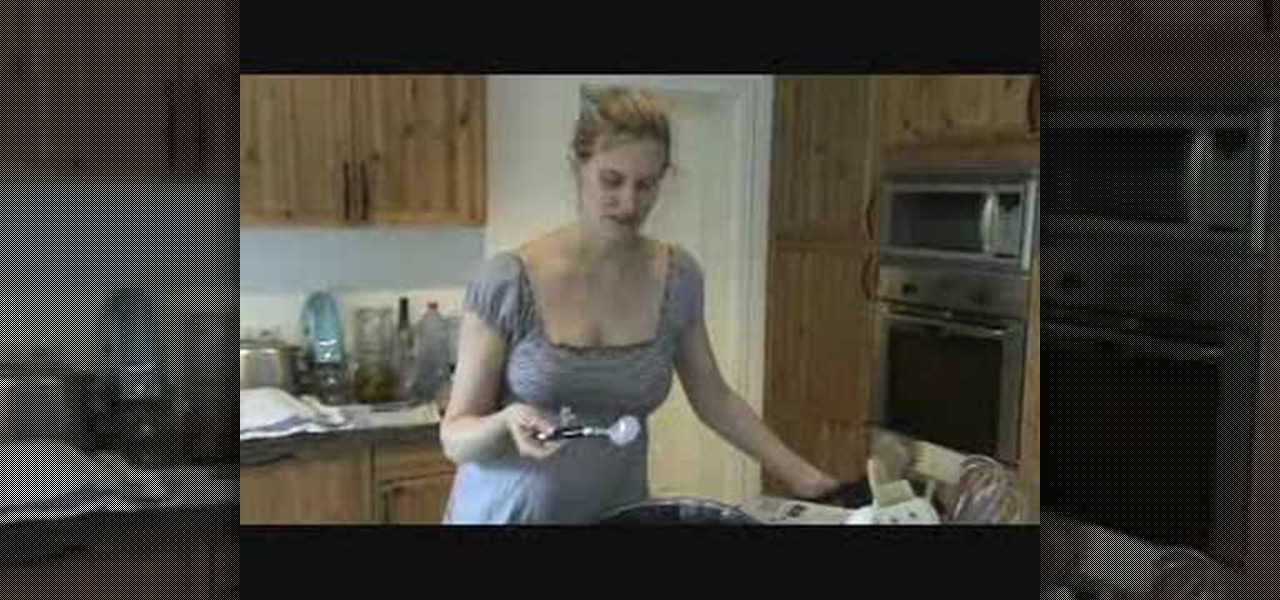
How To: Recycle candles
You're a committed environmentalist but you love your candles. What are you to do? Did you know that you can recycle your candles? There's bound to be stuff left over. Just watch this video and learn!

How To: Bury waste after the bucket is full in Bokashi compost
In this video from billjackjane we learn how to bury waste after the bucket is full in Bokashi compost. Dig a trench 3 feet wide and 1 1/2 feet deep. Drop in the waste. Make sure all the excess juices have dried off. Spread it around a bit. Cover it with soil. In about 4-6 weeks in will be completely broken down. It will be a rich black soil which you can plant in or transfer to other parts of the garden. This will give us the most benefits. For more information about this visit
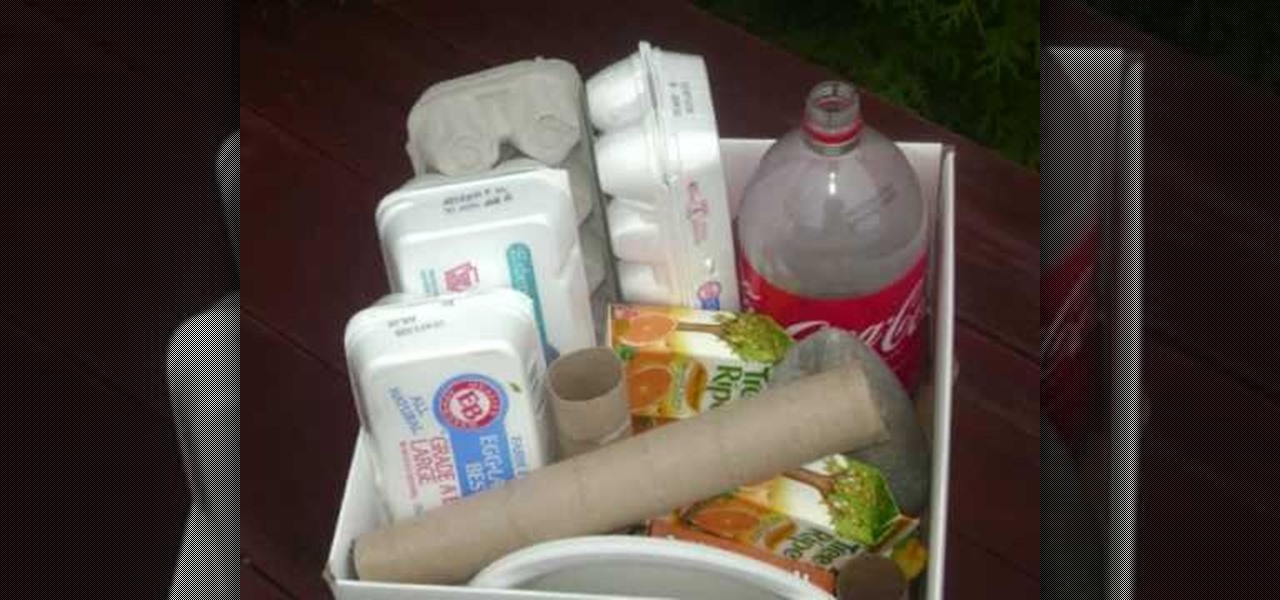
How To: Recycle materials for a kids craft box
Making crafts with a group of children can get a little hectic and also maybe a bit costly. Recycling materials to use for creative activites with your kids can be a fun and and economicly fiscal alternative to your normal purchases. This video will give you some example on how to recycle materials for your kids arts and crafts. Using these everyday materials, accompanied with some great insight from this video, you can have a lot of fun creating all sorts of interesting projects with your ch...

How To: Use a home composting bin with Lowe's
This is a tutorial on how to compost at home with a composting bin. First, you have to select an area for composting ensuring a location with plenty of sun and a water supply. You will need to divide your bin into two sections, one for the finished compost, the other for creating compost. Line the container with vegetables, tea grounds, or even newspapers. Do not compost meat, bones, fat, grease, dairy products, or pet waste. The most important ingredients for compost are moisture and oxygen....

How To: Create a hand bag using a plastic bag
Create a hand bag using a plastic bag with this video tutorial. We really have to do something with these plastic bags, it spoils nature so dramatically.
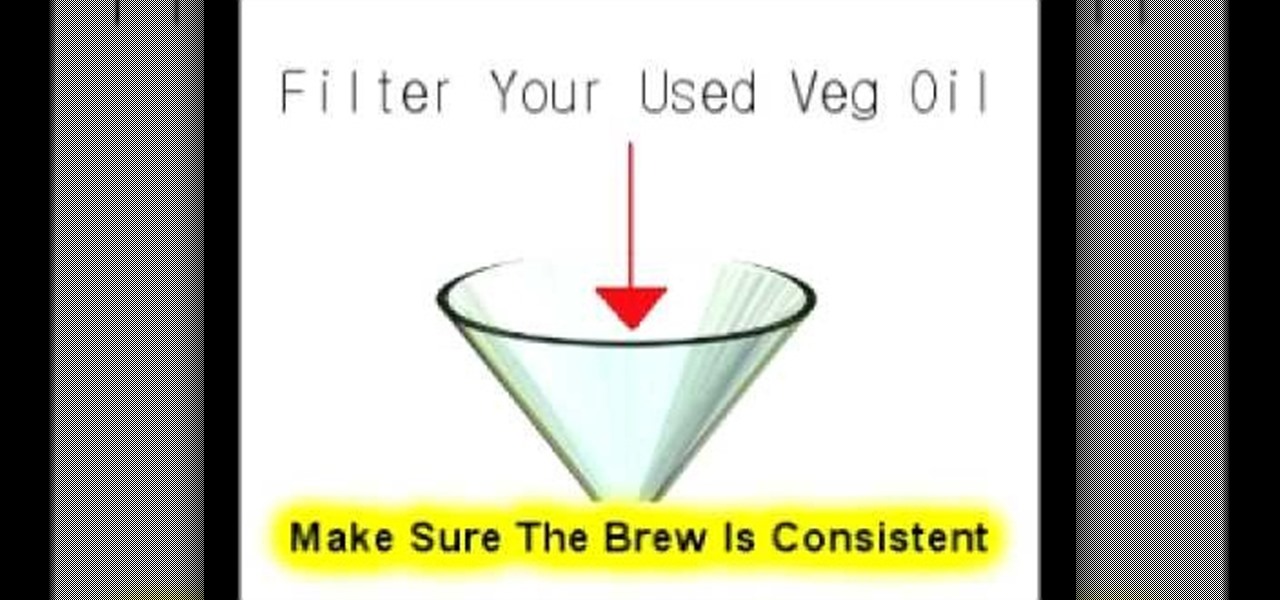
How to Make DIY BioDiesel: Recipe
DIY Bio-Diesel Recipe What you'll need: Funnel and filtrate paper/cloth, containers (jars/buckets), non-kerosene based white spirit, and a spare fuel filter.

How To: Make your own simple worm bin
Patty Moreno, the Garden Girl, demonstrates how to breed worms for the purposes of home composting. With some household tools, organic waste, and worms galore, you can create rich soil while helping the environment. Check out this video tutorial for an in depth look at DIY vermiculture.
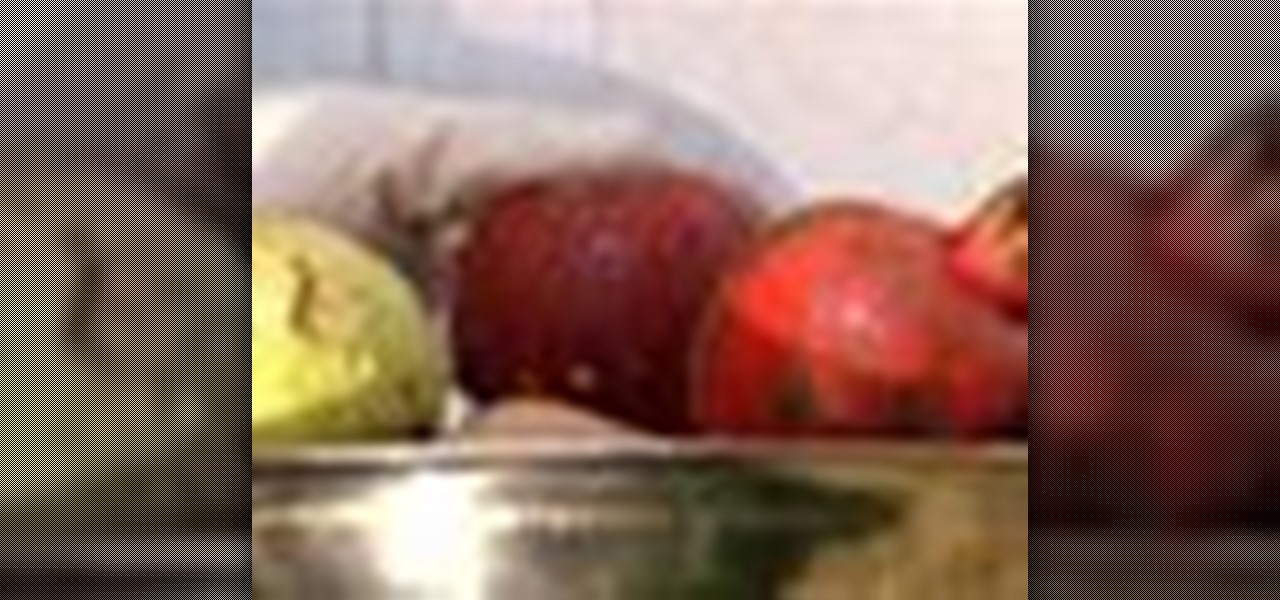
How To: Make your own fruit & vegetable wash
In this tutorial, learn how to wash your fruit and vegetables with a DIY mixture you can make in your kitchen. Wash your fruit and vegetables with this environmentally friendly and economical mixture.
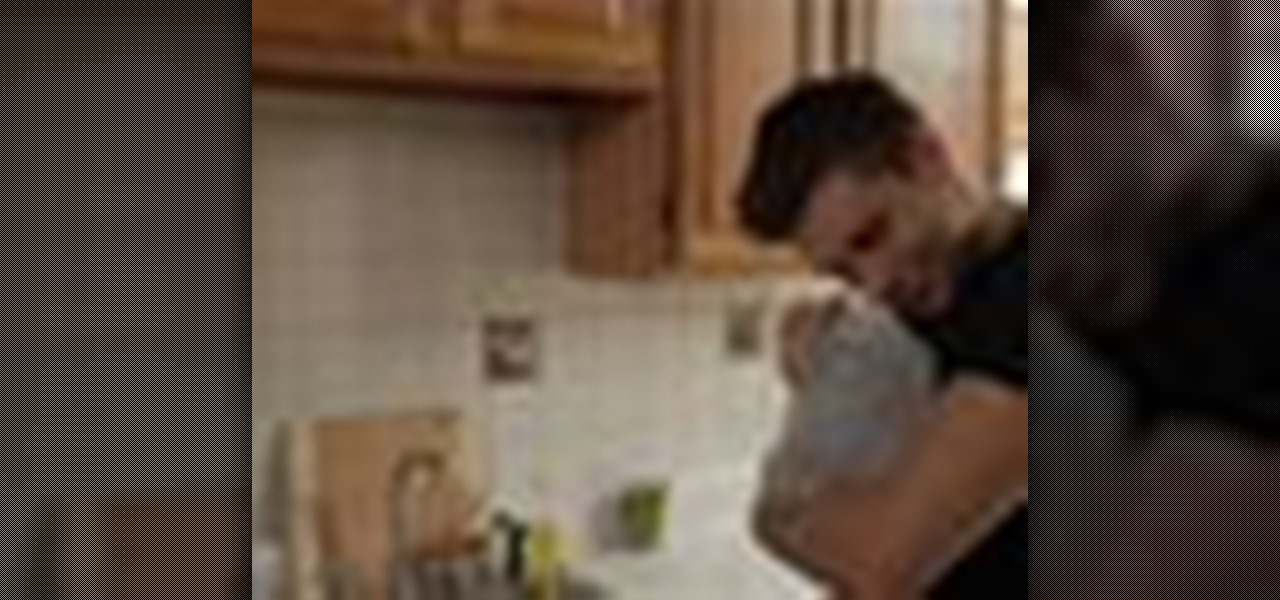
How To: Save water in six easy ways
Are you aware of your water usage? Are you really doing all you can to conserve water, our most precious resource? Here are some simple ways you may not have thought of and some facts about the amount of water wasted on a daily basis in America.
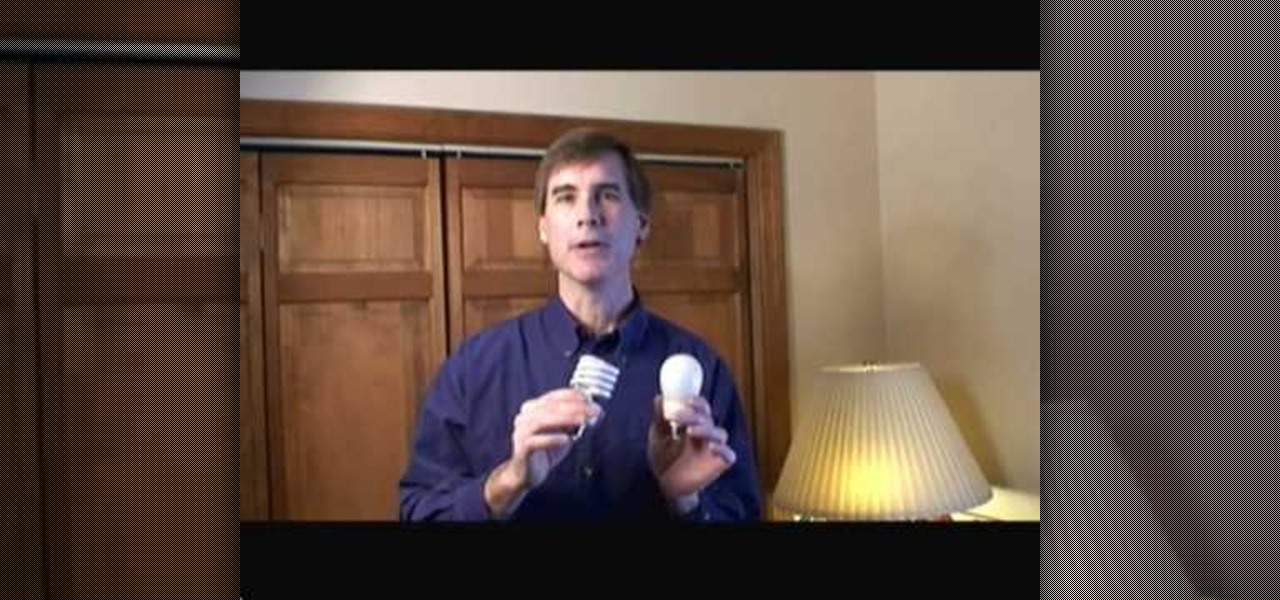
How To: Use compact fluorescent bulbs to save money
Switching to compact fluorescent light bulbs doesn't just benefit the planet. It will also benefit you personally. Compact fluorescent light bulbs last a lot longer than regular bulbs, and they burn much less power. That adds up to save you a lot of money in the long run. In this video, Mark Donovan of HomeAdditionPlus.com shows us a few of the benefits of using these bulbs.
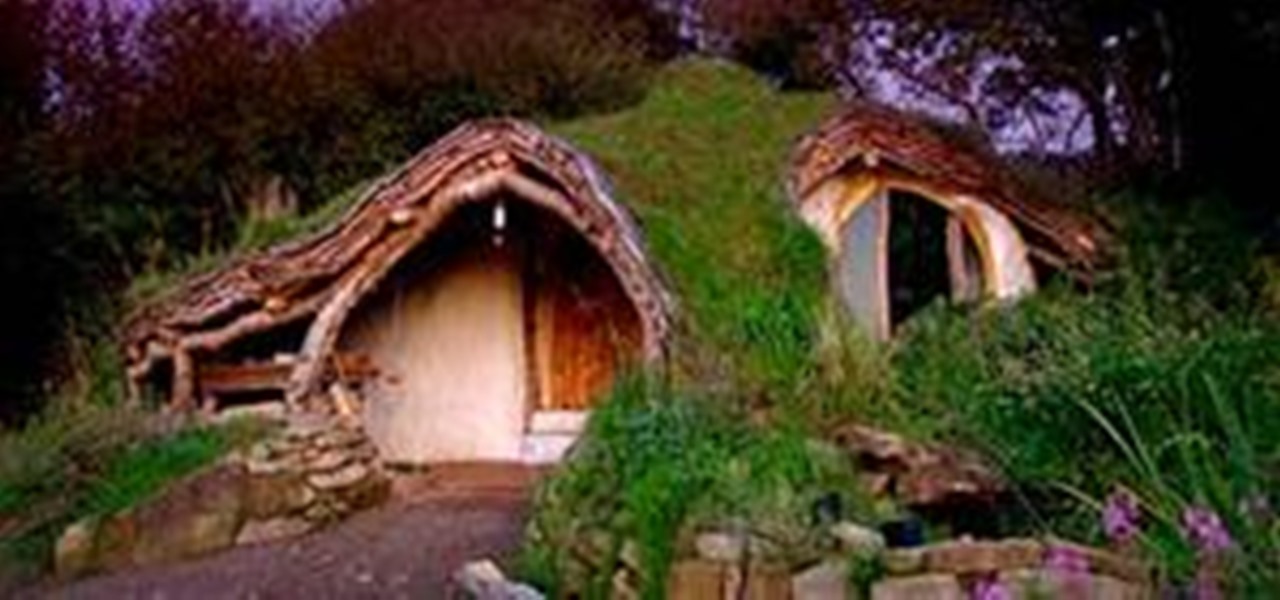
News: Dream Home...ummm...for Trolls and Treehuggers
This low impact woodland home in Wales is the cream of the crop. The woodland home was built entirely of natural materials, and best of all - only took 4 months and $5000 to complete.
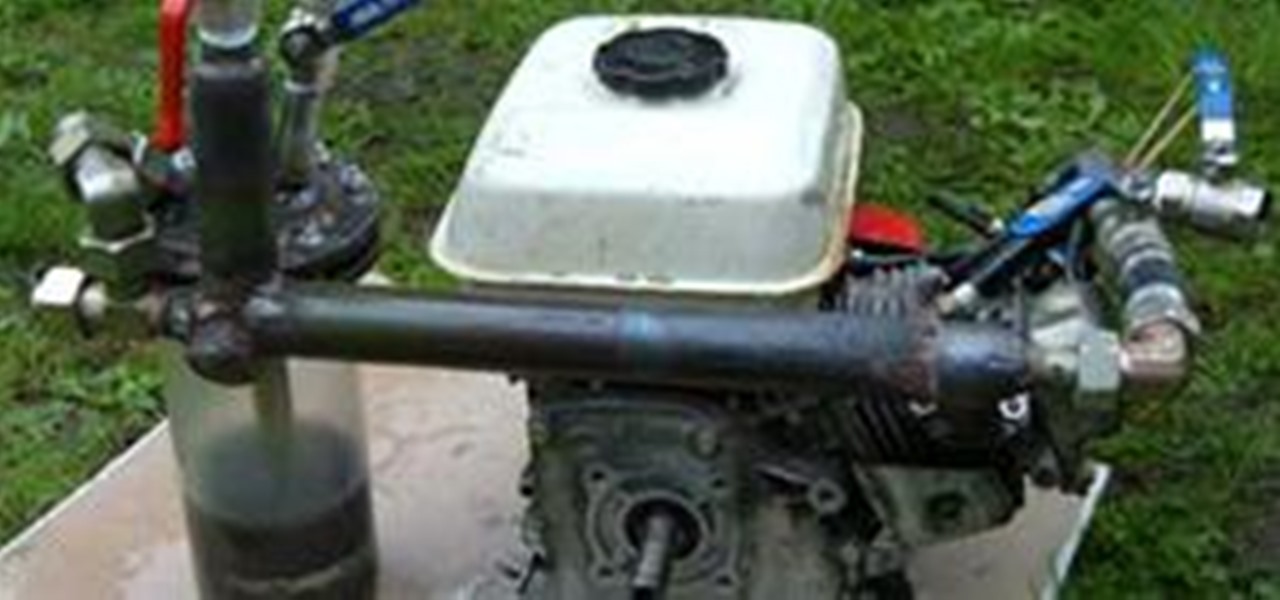
News: Make Fuel With Mountain Dew
Mountain Dew is the answer. Inventor Paul Patone has devised a mechanism that converts soda into actual usable fuel.

News: This Dude Builds Glaciers. Here's How.
Most DIY freaks do-it-themselves because they love it. Because they're curious, creative, and like to take the long road (or figure out an ingenious short cut).

News: This Week, Harvard Scientists Have Just Discovered Dirt!
No more alkaline batteries. No more NiCad's. No NiMH's. No Lithium. Forget all of those hazardous chemical reactions in the batteries and think eco-friendly. Professor David Edwards did.



